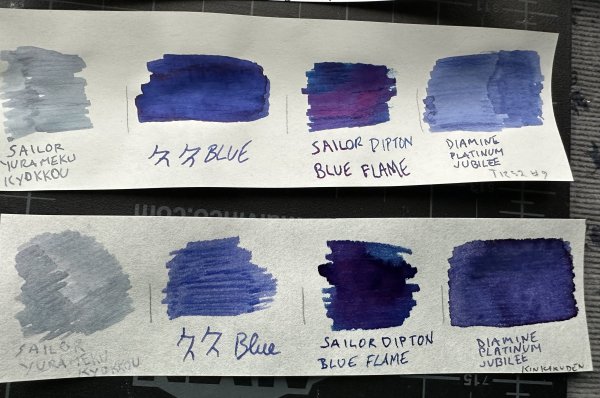Nibs For Sanskrit And Tibetan?
-
Forum Statistics
355k
Total Topics4.6m
Total Posts -
Member Statistics
128,084
Total Members18,857
Most OnlineNewest Member
s18871
Joined -
Images
-
Albums
-
USG 7
- By USG,
- 0
- 0
- 92
-
Ink
- By Penguincollector,
- 0
- 2
- 54
-
32-bit Goodness
- By A Smug Dill,
- 14
-
Dutch Treats
- By TheDutchGuy,
- 0
- 5
- 87
-
Misfit’s 3rd Album for pens, paper, ink
- By Misfit,
- 7
-


















.thumb.jpg.f07fa8de82f3c2bce9737ae64fbca314.jpg)



.thumb.jpg.331e554113c33fb39d5bf3233878978a.jpg)





Recommended Posts
Create an account or sign in to comment
You need to be a member in order to leave a comment
Create an account
Sign up for a new account in our community. It's easy!
Register a new accountSign in
Already have an account? Sign in here.
Sign In Now